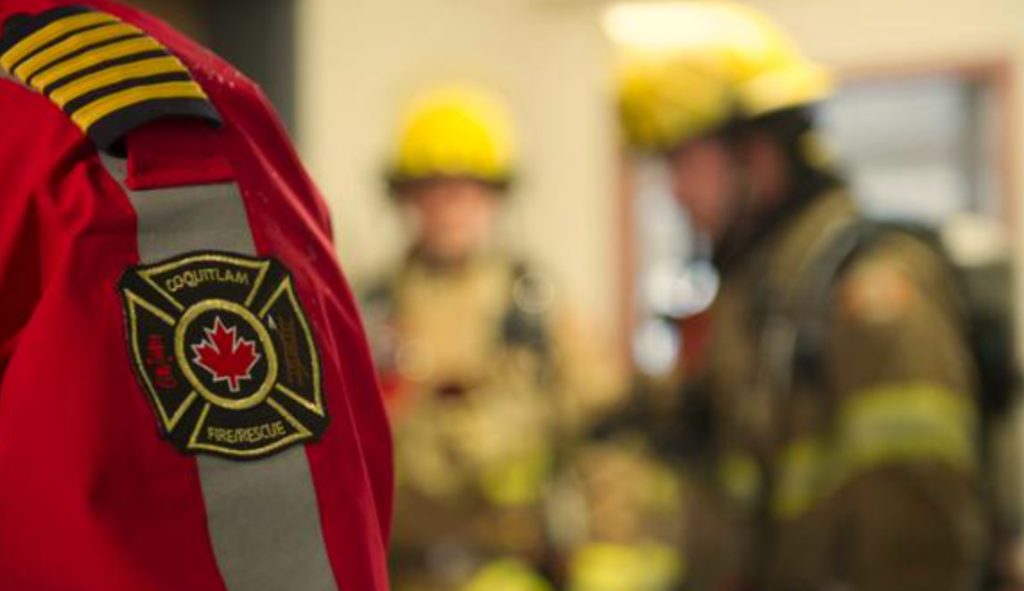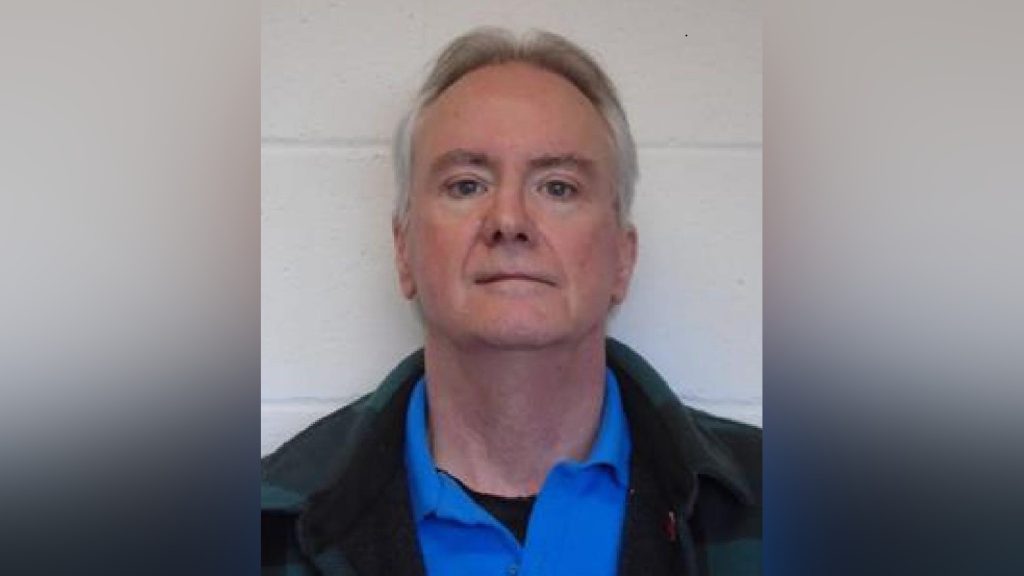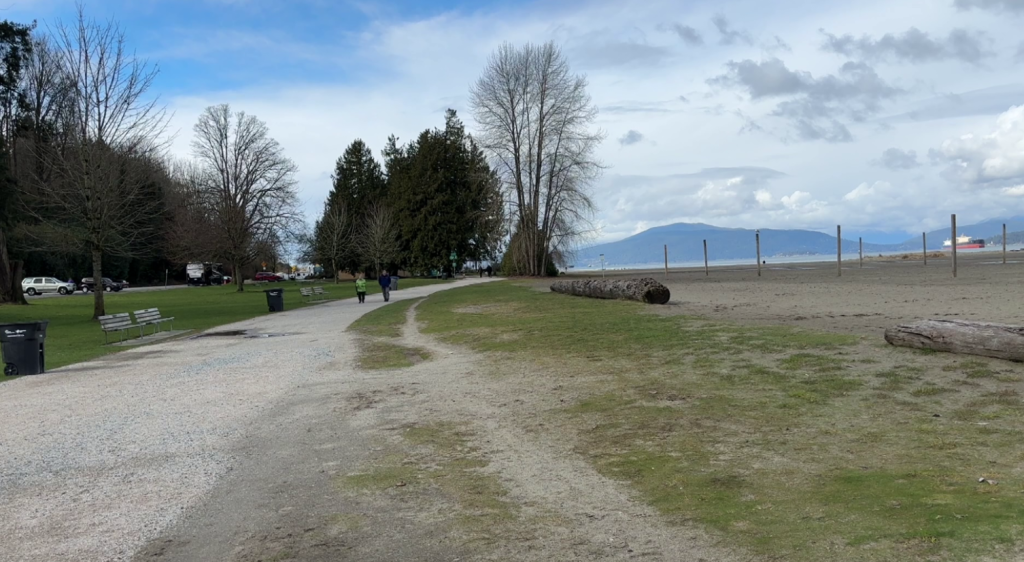Riverview Hospital was best for some patients: former nurse
Posted August 27, 2013 8:54 am.
This article is more than 5 years old.
PORT COQUITLAM (NEWS1130) – As Maple Ridge councillors prepare to make their case to delegates at the Union of BC Municipalities convention next month to reopen Riverview Hospital, a former nurse at the facility says it’s time to re-evaluate how patients with mental health are cared for in BC.
Anna Tremere worked at Riverview from 1965 to 2001, from a time when the facility was home to thousands of patients to a time when it was being downsized as the province shifted its approach to caring for those who suffer from mental illness.
“We are really in a crisis,” she tells News1130. “We’re not just dealing with people who have mental illness; we’re dealing with people who are struggling with addiction. So, you’re dealing with a huge, huge problem.”
The province started to change its approach to mental health treatment in the mid-1960s. Instead of keeping patients in a single, centralized institution such as Riverview, it moved toward a more regionalized system so patients could receive care and treatment closer to home.
The new approach was ramped up in the late 1980s and by the early 2000s, plans were in the works to close the facility for good. The final patients were transferred out of Riverview last year; the facility closed its doors for the last time in July, 2012.
Maple Ridge Council wants to see the facility re-opened as a Modern Centre of Excellence for Mental Health Care and Support.
“The majority of patients can absolutely be managed in a community setting and they probably would never have to go through hospitalization, certainly not to the extent that some patients had [at Riverview],” says Tremere.
“But there are people who will do best in an environment where they have staff, they’re cared for and they have the ability to go through all different support systems all within one area.”
The BC government defends the closure of Riverview, saying no patient left the hospital without a designated bed in a community facility and a care plan.
Tremere says the alarming number of homeless people living in communities throughout the Lower Mainland suggests patients are still slipping through the cracks somehow.
“You can’t just talk about Vancouver’s Downtown Eastside, because it’s everywhere,” she says. “You have people living in bushes, under bridges and in alleys everywhere, so we have really failed a lot of that population and I that’s a great social tragedy that we have to deal with.”
Memories of Riverview
During Tremere’s 35-year career at Riverview, nothing made her happier than seeing a patient’s condition improve.
“One of the greatest things to see was when you saw people who came in who were so sick and so resistant to treatment, and you saw them getting better,” she tells us.
“Then they got to the point where they could leave the hospital, got back into the community, and became productive. The most important thing for people to take away is they don’t get cured, they get better. And that was the whole purpose of working in that facility was to get people better.”
Her fondest memories of the facility are the celebrations– parties, dances and even carnivals — that would take place on the grounds from time to time.
“There were great stories back in the days when they would have huge carnivals and sports days,” she laughs.
“The carnivals used to come onto the grounds and thousands of patients would be on the grounds with staff and their families. Patients’ families came, too. They would build huge floats and have parades and the policeman’s pipe band even showed up. They would have dances every Friday night! The volunteer department took patients who never had their own clothing, they always had institutional clothing, and they said, ‘Here, pick out any dress or skirt or blouse that you want.’ It was an amazing time at the hospital.”










